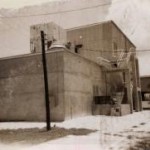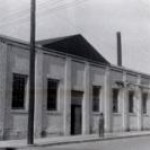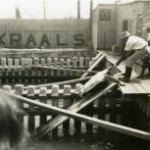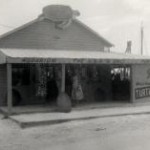Maritime
Sponging Docks
The first shipment of sponges left Key West and arrived in New York in 1849 starting an island industry that lasted 50 years. Sponges grow in sponge beds in 20 feet of water. They are harvested using a pole with a pronged rake on the end to snare the sponges. By 1890, Key West held a monopoly on the sponge trade in the United States. At its peak, 1,200 spongers on 350 “hook boats†caught 2,000 tons of sponges a year.
Thompson-O'Neal Fish House
Originally the site of wide sponge docks in the 1890's. For more than 50 years, sponge salesmen strolled the docks in pursuit of a wide variety of sponges for distant markets. The building was constructed in 1948 as a fish packing plant in conjunction with the discovery of Florida pink shrimp. It serviced the fleet of shrimp trawlers that were nearly 500 in strength during the heyday of the pink gold rush. The remnants of a two story ice factory stands behind the plant.Industry Row
This block was originally on the water's edge. It housed seven structures that supported some of the islands most important industries. There was a large cigar box making factory, a saw mill, a building to kiln dry wood, and lumber storage buildings. A large ice house stood here supplying ice to pack fish, shrimp, and turtle meat for markets on the mainland. There was also a fish market facing the seaport. Early in the 1900s, new land was added to expand the shoreline.
Turtle Kraals & Cannery
As long as humans have inhabited the Florida Keys, turtles have been a valuable and much sought after food source. For decades this building and its kraals operated as a turtle cannery in the center of the turtle industry. Kraals take their name from the Dutch African word for "corral". They function as holding pens for captured turtles. Two hundred years of overfishing led to near extinction of the turtle population. The Endangered Species Act passed in 1971 led to the demise of the cannery.
Turtle Kraals Restaurant
This rustic structure was built in the early 1950s as an outgrowth of the turtle industry. It was one of the few places in the country where tourists, for a 13 cent admission fee, were able to experience turtle trawlers unloading turtles for market. They witnessed the daily catch placed in turtle kraals and the workings of the soup cannery. It was part gift shop and visitor attraction. The building holds the distinction of being considered the first Historic Seaport attraction.




